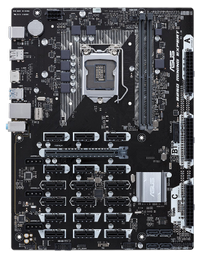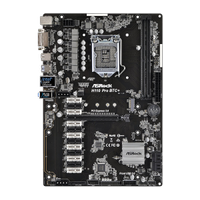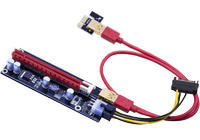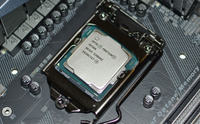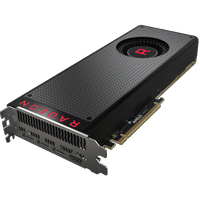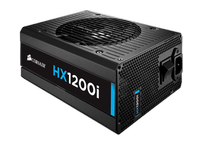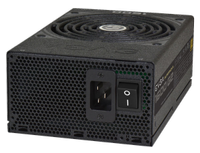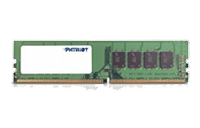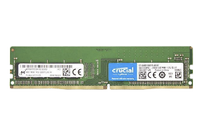How to build an efficient cryptocurrency mining PC (if you insist)
Curious about cryptocurrency? Here’s how to build a simple mining rig.
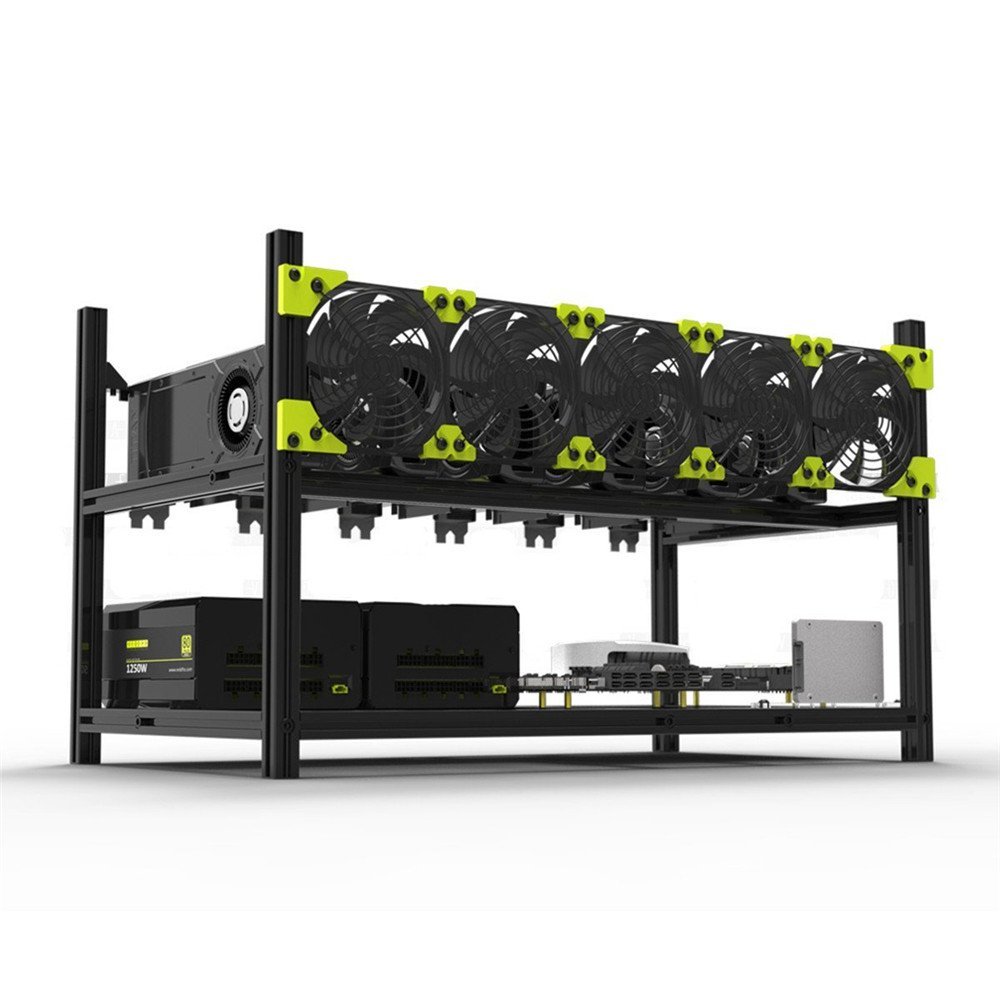
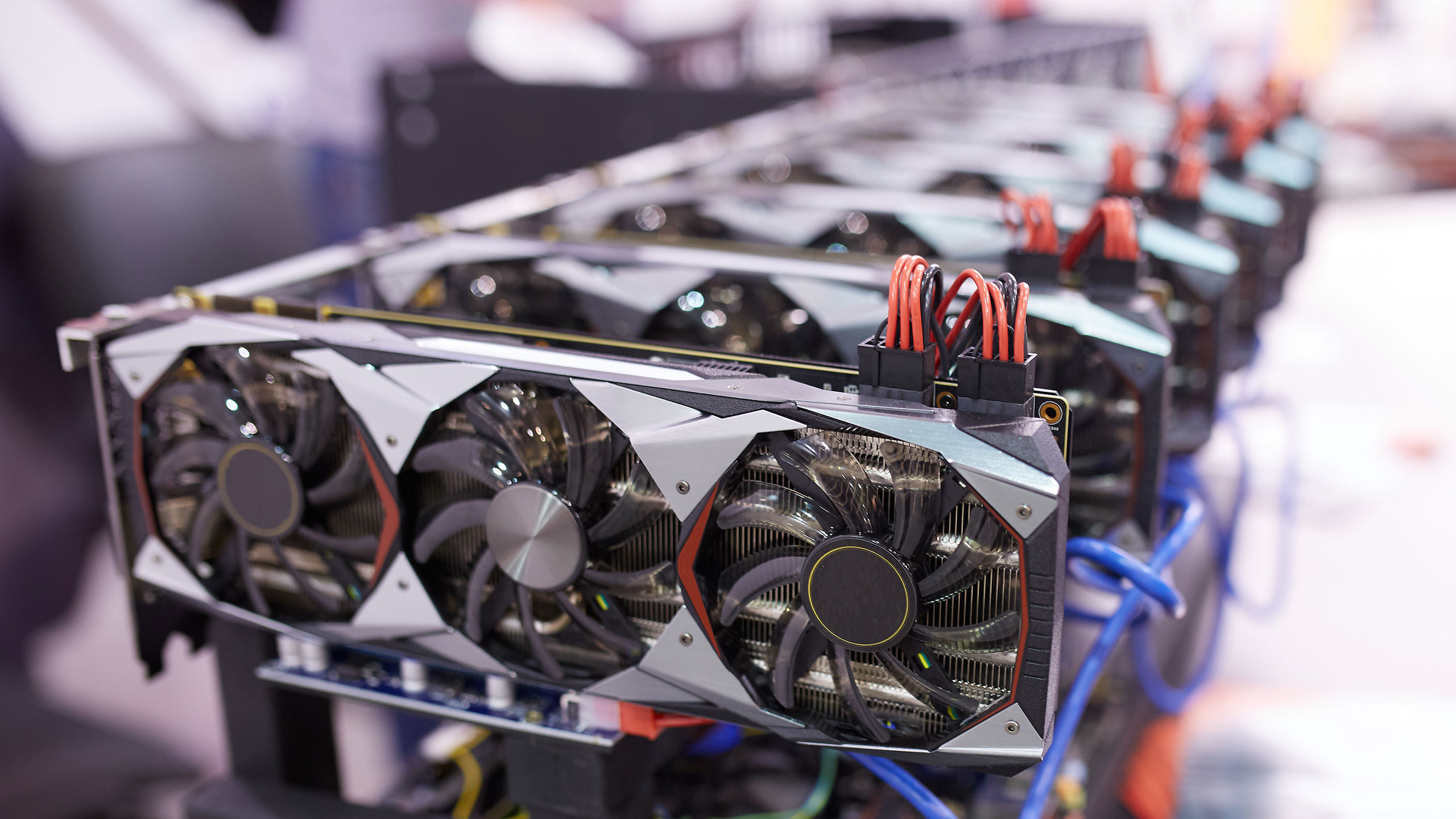
The right mining hardware is just part of the story. If you're serious about mining Bitcoin or other cryptocurrencies, check out our guide to what you need to know cryptocurrency mining.
Cryptocurrency mining has driven up GPU prices and is hurting gamers. But if you're dead set on spelunking into the cryptocurrency mines, you might as well know what you're getting into.
To be clear, we don't encourage this. But if you really want to start mining Bitcoin or Ethereum or another cryptocurrency, don't be too intimidated: if you've built a rig before, putting together a cryptocurrency mining PC is an easy weekend project that will let you learn how blockchain technology works, the limits of at-home hashing, and the real costs involved, some of which are hidden.
You should also be aware of the risks. Cryptocurrency is volatile, and there's no guarantee you'll make back the money you spend on your hardware as quickly as you expect. You could even lose it altogether. And keep in mind that every GPU sent into the mines is one more that could have spent its life pushing pixels in PUBG.
Financial philosophy aside, the hardware part of the bitcoin equation is simple. Despite their well-earned reputation for gobbling up GPUs, the rest of a mining rig’s layout is very lean. You won’t need a high-powered CPU, fancy motherboard, exotic DRAM, or even the Windows OS to bring it all together. In fact, other than a few odds and ends, you may already have most of the parts sitting in a garage or closet—leftovers from previous gaming rig upgrades. Here’s a quick overview of what you need, and why.
Firm foundations
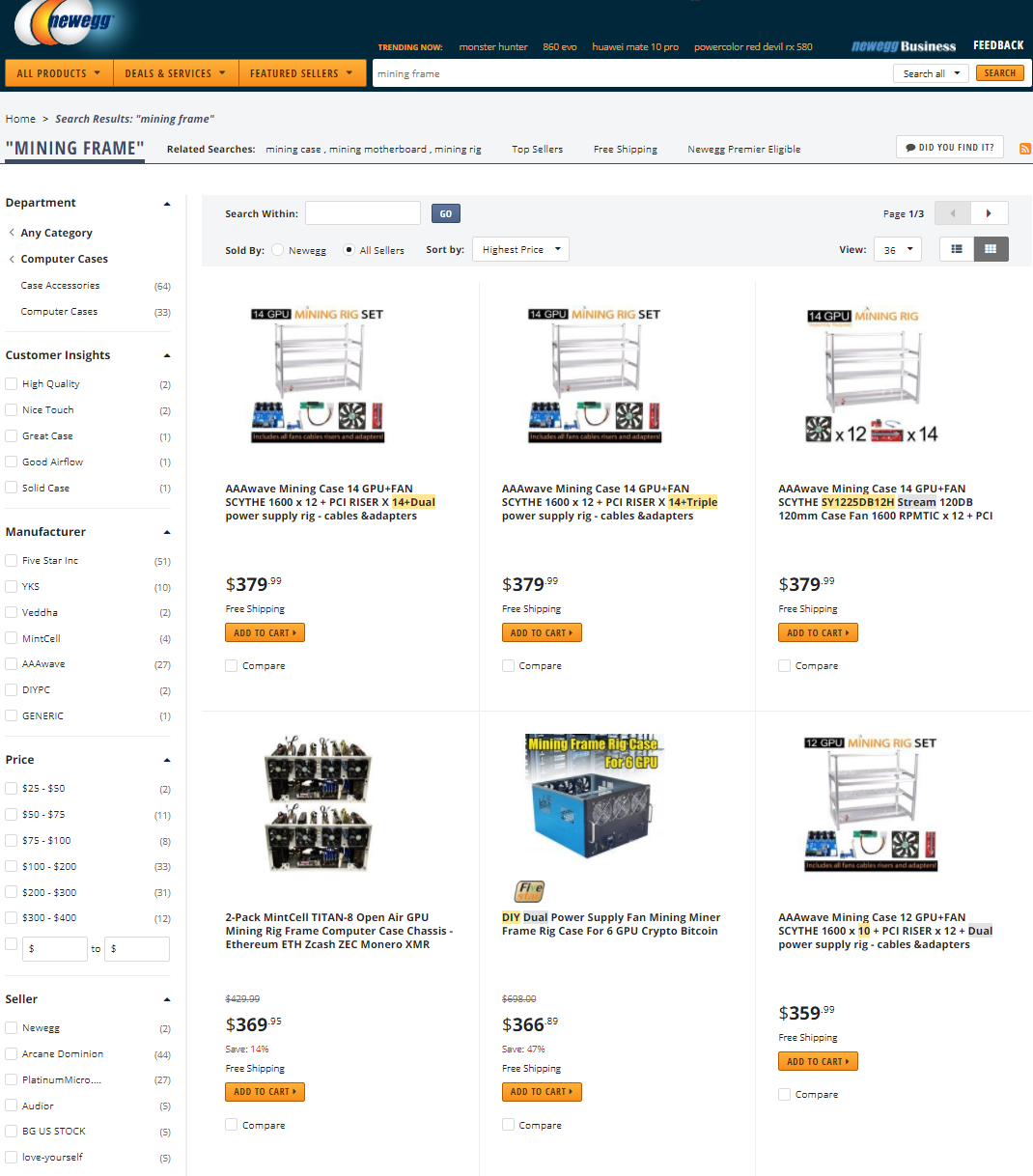
A simple frame is all you need to house your mining rig, so wait for a sale or try DIY before spending hundreds of dollars on a 21st century pan and pickaxe.
Mining rigs start with a rudimentary open-frame enclosure for the motherboard and other components. While many prebuilt configurations exist, they can cost more than proper gaming cases since, in a long running tradition, suppliers often charge a premium on mining hardware.
Fortunately, there are frequently plenty of options on sale for under $100, and you can always make one from simple hardware store parts as the designs aren’t complicated. Ingenious crypto miners have used everything from nailed wooden planks to milk crates with good results.
The main point of the open-air frame is ventilation and space for the GPUs. With many rigs sporting a packed stable of full-sized graphics cards, it’s wise to ensure they can all breathe and run freely. It’s also much simpler to evaluate faulty fans, replace burned-out cards, clear dust, and perform other basic maintenance with the components in easy reach. The downsides are noise and exposure, so a separate, dry, well-ventilated room is recommended. The fan roar and exposed components don’t play well with others.
The biggest gaming news, reviews and hardware deals
Keep up to date with the most important stories and the best deals, as picked by the PC Gamer team.
Motherboard
Flexibility and stable operation are the top considerations for mining motherboards, rather than all-out performance, since the goal is attaching as many GPUs as possible. Most recent gaming motherboards from top-tier manufacturers like Asus, MSI, or Gigabyte will suffice here, although check the documentation to see how many graphics cards the hardware can handle. Keep in mind that some BIOS adjustments will be required to maximize stability with more than a couple of cards.
While a hand-me-down gaming motherboard should be sufficient for a starter rig, serious enthusiasts use boards made for mining, such as this Asus B250 Mining Expert that supports a crazy 19 GPUs. MSRP is $150, but it's selling for $230 right now.
ASRock's H110 Pro BTC+ motherboard supports up to 13 graphics cards and is a good start for those that want to start dabbling in mining. It's going for $230, which says 30% off but the original MSRP was $140.
More serious cryptocurrency hobbyists use dedicated mining motherboards that have pre-tweaked BIOS settings and the ability to connect over a dozen GPUs. These aren’t particularly pricey parts either, at least in theory, with many coming in at around $100, so they are worth consideration if you already gave your old gaming board to a friend. But supply and demand issues are a recurring theme with mining rigs, and the boards that support more than six GPUs are often out of stock or seriously overpriced.
If you’ve been wondering how it’s even possible to cram that many GPUs into a motherboard, the trick is a piece of inexpensive hardware called a PCIe 1x to 16x riser card. This adapter allows bulky high-performance GPUs to attach to the motherboard’s slots via a cable rather than being plugged directly into the slot. Unlike gaming, cryptocurrency mining doesn’t require a high-bandwidth connection between the video card and the rest of the system, so any type of PCIe slot works just fine, including tiny 1x connectors—and they can be PCIe 1.x, 2.0, or 3.0 slots.
This is how you get half a dozen (or more) double-slot sized GPUs to fit on one motherboard. They come in 6-packs for around $50.
CPU
Virtually any reasonably modern multicore CPU will suffice in the center seat of a mining rig, along with a modest 4-8 GBs of DRAM. Don’t overclock or push exotic memory configurations, as the gains aren't be worth the stability risks. Celerons, single-stick memory configurations, and other money saving shortcuts are all fine here. This is a perfect place to use items off the spare parts shelf.
Dust off that dual-core Celeron, puny Pentium, or Ivy Bridge antique. They all work just fine in a mining rig. A Skylake Celeron can be had for a cheap $46 on Amazon.
There's a small corollary here, and it's that CPU mining of certain algorithms is still potentially profitable. The CryptoNight algorithm used in coins like Monero is the only real option these days, but you can mine about $1 per day from a Ryzen 7 processor—though it was as high as $3 back in January. You're probably better off buying another graphics card rather than worrying about CPU mining potential.
Graphics card
Right now, the best new GPUs for mining are all the high-end parts from AMD and Nvidia. At the original MSRPs, AMD’s Vega 56 and Nvidia's GTX 1070 would be good picks, and everything from the GTX 1060 and RX 570 and up is viable, but the situation is more complicated than it sounds.
AMD’s Vega 56 would be a great choice for crypto mining, if only you could find it for the original target price of $400. Right now they're expensive though. But check this listing to make sure.
With price gouging running rampant, the best bet may be special six pack deals, or alternatives such as old R290X/R390X cards that you might already have handy or can get for reasonable prices from a trusted source. Although power hungry, these older cards still provide good mining performance and are less subject to predatory cost increases, so they aren’t a bad option for people in areas with lower electricity rates. Be wary of second-hand cards formerly used in mining rigs however, as the stress shortens the lifespan of the hardware considerably.
Power supply
One area requiring investment is the power supply. Typical multi-GPU cryptocurrency setups require plenty of juice, more than even a high-end gaming system, and these PSUs will cost you. A gold rated power supply is minimum, since mining rigs run at constant high loads, and depending on what GPUs you're running (and how many of them), you'll want at least a 1000W output, if not more. High-end models from Seasonic, EVGA, and Corsair are all good choices.
Since you’ll need at least 1000W of quality power, a good PSU, or even a pair of them, is required. This Corsair HX1200i has the capacity for several high-end graphics cards.
If you need more power, EVGA's SuperNOVA 1600 goes to the max and is certified 80+ Gold for high efficiency. You'll need all the efficiency you can get.
For bigger rigs or miners on a budget, multiple power supplies can be connected to a single motherboard using a dual PSU 24 pin adaptor cable, a $5-10 part that allows both power supplies to be controlled by a single motherboard. This permits less expensive or already owned lower-wattage PSUs to be paired for a starter rig, or high-end PSUs to be paired for dozen GPU mining monsters.
Something else to keep in mind with power use is your power circuit. Most US homes come with 15A circuit breakers, which means a single circuit will top out at around 1725W. If you're thinking about setting up multiple mining rigs, you'll need to keep them on separate breakers.
RAM and storage
Good news: you may be paying a premium for a graphics card and a high capacity power supply, but you can cheap out a bit when it comes to your system memory and storage. We generally recommend at least 8GB for a PC running modern Windows, but you can get by with 4GB if you're really looking to save.
Likewise, the speed of your OS drive isn't important for mining. If you have an old hard drive or spare SSD around, that'll do the job just fine. If you're picking up a fresh part, grab a small SSD on the cheap. It'll make the system easier to use, and you don't need much storage space to keep your mining operation running.
The cheapest single DDR4 4GB DIMM we found goes for $47 on Amazon, which would have been even lower if memory prices weren't high this year.
Newegg has a single Patriot Memory 4GB DDR module for very slightly cheaper at $46. You only really need 4GB as there's not much going on in the memory-use front.
The best prebuilt Bitcoin mining rig
Building your own cryptocurrency mining rig is no harder than building any other custom PC. It's a great way to learn the inner workings of the hardware, and save some money over a prebuilt system (outrageous graphics card prices notwithstanding). But if you really don't have the time to build your own mining rig, buying prebuilt is always an option.
But should you buy a prebuilt desktop PC, or a dedicated mining rig with multiple graphics cards? Thanks to the cryptocurrency boom, the latter cost thousands of dollars on Ebay, both used and new. Buying used could net you heavily worn graphics cards with diminished lifespans. Either way, it's a huge investment if you're just getting started with mining.
For a more traditional prebuilt system, you'll be stuck with a maximum of two GPUs by default, and even prebuilts have been hit by the current GPU shortages. Interestingly, one of the best deals right now is an Alienware Aurora with dual GTX 1080 Ti GPUs for $2,550 (lesser GPUs are also available). That's an extreme gaming PC, but for mining purposes, the two GPUs on their own would cost around $2,000 right now, so why not pay an extra $100 to get a top-tier CPU and 16GB RAM (worth $400, incidentally)? And if the mining thing doesn't work out, you've still got a bodacious gaming PC.
Wrapping up
Along with a little software, that’s all it takes. But is at-home mining worth it? The answer isn’t always so simple, and is frequently situation dependent. Do you have cheap power rates? Hardware laying around? Friends with spare video cards? For the cryptocurrency curious who can say yes to these or other similar considerations, it may be worth giving mining a try. You’ll get a first-row seat to the spectacle and whether you make money or not, you can become an expert about bitcoin and blockchains. With crypto heists, market bubbles, and price crashes always in the news, that’s knowledge worth having, even if the only person asking is your uncle.
Our advice is to not invest more than you can afford to lose, and don't get caught thinking about breaking even and making a profit in just a few months. Realistically, right now the price gouging on graphics cards means you're looking at a best-case result of around seven months, assuming nothing goes haywire. If crypto prices drop further, it could take much longer to break even—and of course there's the possibility of another bubble. But if you already have most of the parts handy, you could give it a shot. Just stop buying up all our gaming GPUs, please.
